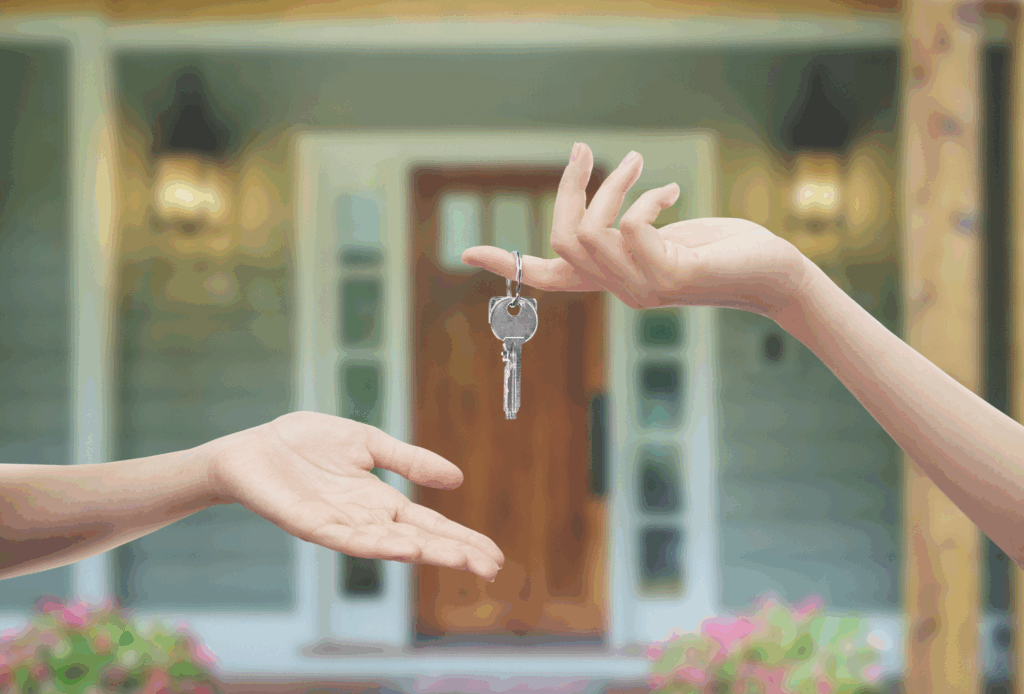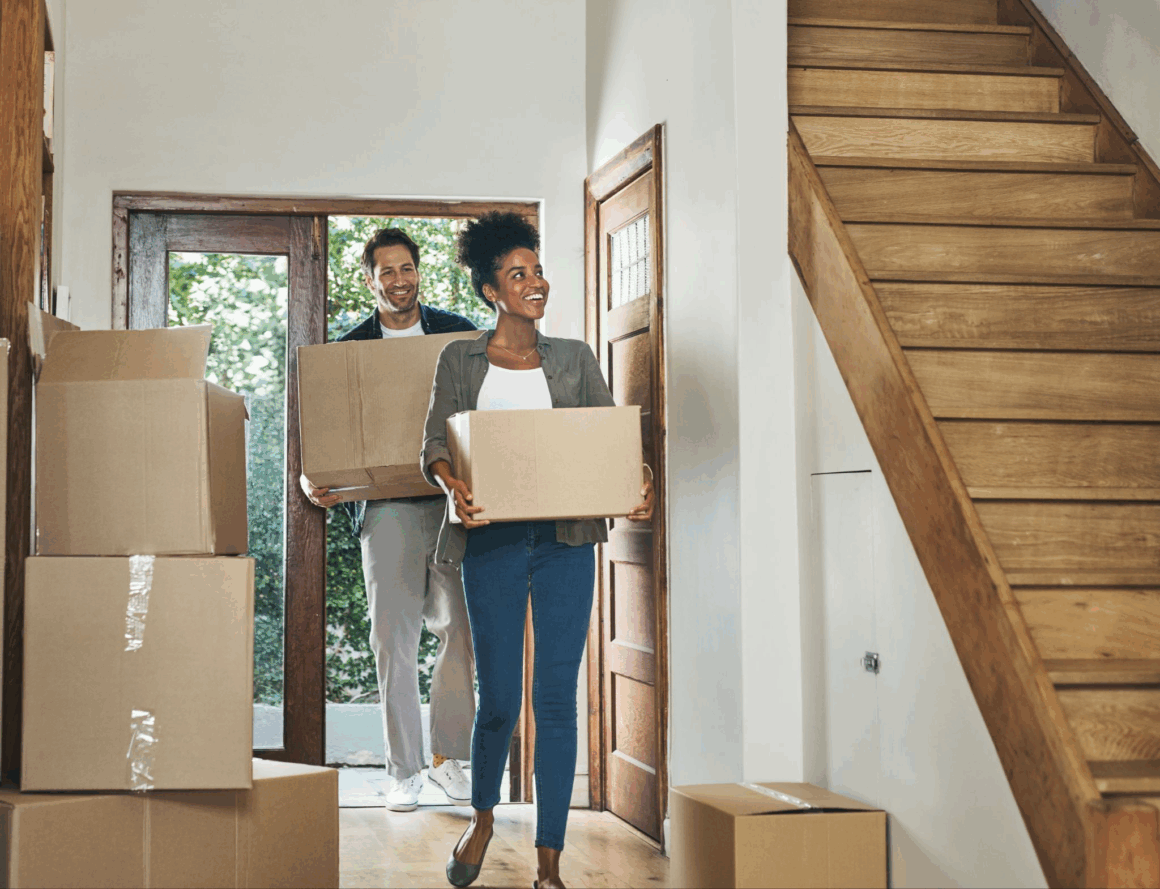Pros And Cons Of Purchasing A Pre-Owned Home

Buying a new home is more than just finding a place to live. It’s a major investment that shapes your lifestyle, finances, and future. While new home construction draws attention, many buyers turn to pre-owned or resale homes because they can be more accessible and practical. Knowing what this option involves helps you decide if it’s the right step for you.
Pros of Purchasing a Pre-Owned Home
Lower Purchase Price
Buying a previously owned home usually costs less than purchasing a brand-new property. Markets with steady demand, like home sales Virginia Beach, show that pre-owned properties often give you more square footage or access to desirable neighborhoods at a lower price. You also have room to negotiate the final amount, which can help you stretch your budget further.
That flexibility can make a big difference when you’re trying to balance monthly payments with other financial priorities, especially if you’re managing other expenses such as property taxes or saving for education and retirement.
Established Neighborhoods
When you buy a pre-owned home, you often step into a community that’s already well-developed. Schools, grocery stores, and community amenities are usually close by, making everyday life more convenient. Reliable public transportation options are often in place, so commuting tends to be less stressful and more predictable.
Living in a neighborhood with history can also bring a stronger sense of connection and stability, and many established areas are valued for their mature landscaping and walkable designs. Older homes may even be closer to essential utilities and sewer lines, which can make maintenance simpler than in newly built developments.
Unique Character and Style
Pre-owned homes often stand out because of their charm and individuality. These small details can make them feel more welcoming than newer properties:
- Distinct features such as arches, fireplaces, or custom closets give each property personality.
- Decorative elements like crown molding or stained glass windows create visual appeal.
- A historic home may reflect cultural or regional traditions, adding uniqueness you won’t find in new builds.
These design elements give your home warmth and originality. They make the space feel truly your own.
Move-In Ready
With a pre-owned home, you don’t need to wait months for construction to wrap up. The property is often available as soon as the deal closes. That makes it ideal if you’re on a tight timeline or relocating for work.
A move-in ready home also saves you from temporary housing costs, which can add up quickly, and the immediate availability allows families to settle into routines faster. This convenience lets you focus on personalizing your space rather than waiting for builders to finish the basics. It also reduces stress from managing extra utilities expenses or storage costs while waiting to move in.

Cons of Purchasing a Pre-Owned Home
Potential Hidden Costs
A lower purchase price doesn’t always mean lower overall expenses. Older homes may need repairs or upgrades that aren’t obvious during the first tour. A thorough home inspection can uncover issues before you commit.
Problems such as plumbing, electrical systems, or heating can be costly to fix, and some unnoticed home defects may only surface after you’ve moved in. Knowing about these risks early gives you leverage in negotiations and helps you plan your budget, making it easier to prepare financially. It’s also smart to review records of past repairs and home maintenance costs, since this history gives clues about future spending.
Energy Efficiency Concerns
Older homes may not meet modern energy standards, which can affect your comfort and monthly bills. These concerns are common with properties that haven’t been updated in years. Typical energy issues include:
- Thin insulation allows heat or cool air to escape.
- Outdated windows can make temperature control difficult.
- Older appliances may use more power than modern alternatives.
- Many properties lack modern amenities like smart thermostats or energy-efficient appliances.
These issues can raise utility bills and reduce comfort. Planning upgrades early helps you create a more efficient and affordable home.
Limited Customization
A pre-owned home comes as it is, which means it might not match your exact preferences. Renovations can help, but they’re costly and sometimes restricted by local guidelines. If the property is in a historic district, changes to design or layout could face approval hurdles.
Living with these limitations can feel frustrating if you’re eager to personalize your space right away, and even simple renovations often require patience to complete. For example, updating finishes or replacing fixtures can involve assessing the home’s structural integrity before making big design changes.
Resale Considerations
Selling a pre-owned home later may bring challenges. Property values depend heavily on home maintenance and updates over time. If upkeep is neglected, your home could lose appeal compared to newer builds that already feature updated designs.
The surrounding area also matters, since changes in the neighborhood can affect how much your property appreciates, but consistent care and timely replacements can help maintain value. Paying attention to your home’s replacement cost and performing regular repairs ensures it stays competitive when you decide to sell.
Conclusion
Choosing a pre-owned home requires weighing both financial and lifestyle factors. It’s not just about the purchase price but also about what fits your long-term goals. Taking the time to research, compare markets, and plan for possible expenses will give you confidence in your choice. With careful thought, you’ll be in a better position to find a home that feels right for you and your family.

 How Jubail Island is Setting a New Standard for Sustainable Luxury Real Estate in the UAE
How Jubail Island is Setting a New Standard for Sustainable Luxury Real Estate in the UAE  The Ultimate DIY Guide to Restoring Metal: A Professional Finish
The Ultimate DIY Guide to Restoring Metal: A Professional Finish  The Vital Role of Land Surveyors in Home Design
The Vital Role of Land Surveyors in Home Design